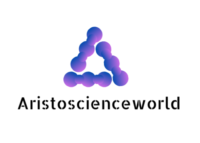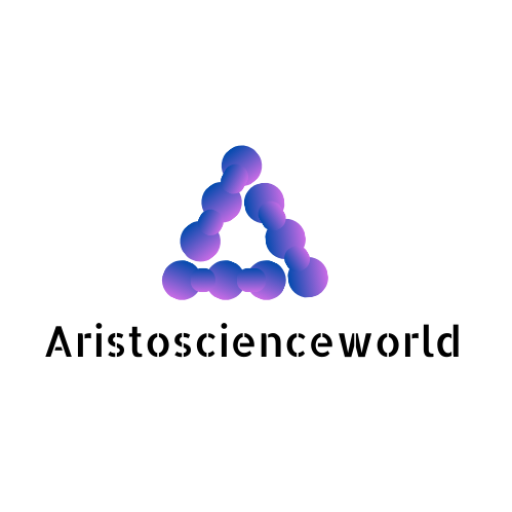A life ecologically matters when the cells maintain a state of homeostasis. In this period, all the organs and their corresponding cells undergo a cycle of events called the cell cycle, which mainly involves maintenance, growth, and cell division. At the end of the cycle, each parent cell divides into two daughter cells.
Now, a question may arise that if one becomes two in a particular tissue, the actual cell count in that tissue will double, right?
The answer is that, not exactly, because there is a separate process called apoptosis, which is a regulated death of cells that will occur simultaneously where its organelles and proteins might be used for other cells.
We tackle and live life because our robust immune system is defensive against all pathogens. Though our immune system is powerful enough to handle foreign antigens, which lead to the failure of our systems, at one point, the system becomes debilitated and allows the pathogen to cause failure in any of our systems. The reason for the failure is a long story:
- The cells cannot undergo cell division.
- Therefore, the required bio signalling process won’t occur.
- This shift causes the metabolism to alter, which is essential to survive.
- The immune system incapacitates due to improper chemical signalling.
- The weakened body may cause the vital organs like the heart and lungs to fail and finally lead to death.
To begin with, the first process is that Cells cannot undergo cell division. The reasons are:
DNA lesions:
Let’s start with the first process. The reason why cell division does not occur is that:
As the years pass, during DNA replication, the formation of DNA lesions accumulates even though in the presence of repair systems. Mitochondria are susceptible to these lesions, and so the ATP production halts, which are essential for maintaining apoptosis. Eventually, cell death occurs.
Stem cells deterioration:
The scientific way of producing different types of cells is predominantly from stem cells. As we age, the stem cells decline to replicate; as a result, they deteriorate. The critical cells that can differentiate into different tissues are missing, and there is no way for the system to replace the old and dead cells. The loss in tissue renewal and maintenance weakens the body, especially the immune system, which causes opportunistic diseases.
Telomerase activity:
Let me give a short explanation of DNA replication. The replication happens in both strands; one strand is named the leading strand because the DNA polymerase enzyme adds nucleotides only in the 5′ to 3′ direction. The other one is called the lagging strand because of the anti-parallel concept of DNA. The lagging strand requires primers(the short oligonucleotides arranged in the 5′ to 3′ direction). After adding a primer in the lagging strand, DNA polymerase recognises the primers and adds the nucleotides in the 5′ to 3′ direction, the same as the leading strand. The newly added strands in between the primers are called Okazaki fragments.
But there is a problem at the end of replication. Generally, the primers are then replaced by DNA polymerase because the primer contains the RNA-specific nucleotide- uracil. The last primer in the lagging strand is removed to get replaced, but there is no 3′ end group for DNA polymerase to fill the end spaces, causing the overhang at the end. This can be solved by telomerase activity which adds extra nucleotides to the overhang and acts as a primer, and thus, the nucleotides are added to the missing end area.
This is how telomerase enzymes prevent the shortening of chromosomes. It is RNA dependent DNA polymerase.
The problem is that the telomerase activity is highly expressed in germ cells and not in many somatic cells of humans. Thus the less telomerase activity causes the chromosomes to get shortened and finally reaches senescence (the condition of a cell to remain active but unable to divide); therefore, cell division ceases, and the ageing process is stimulated.

Did you know?
Tetrahymena, a protozoan, with the absence of telomerase activity, shortening of telomeres occurs every time after cell division, loss in the stability of the chromosomes occurs. The cell line is dead, and the life span shortens.
Discover more from Aristoscienceworld
Subscribe to get the latest posts sent to your email.


